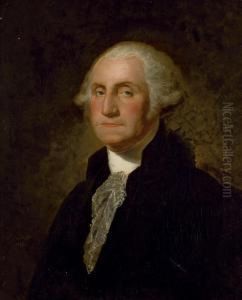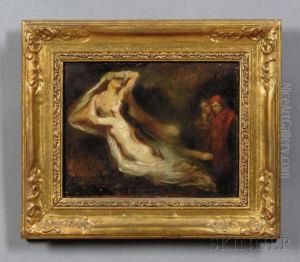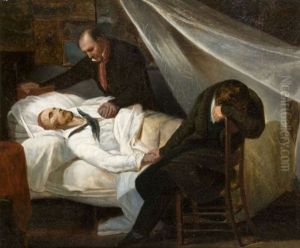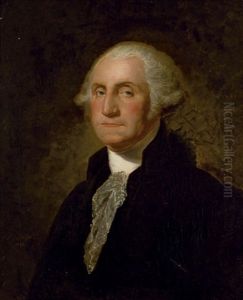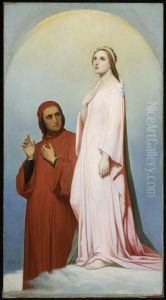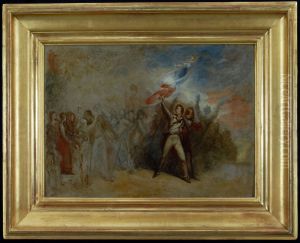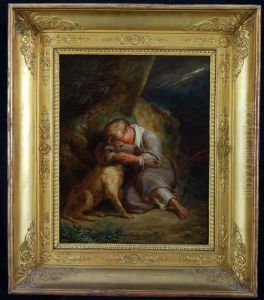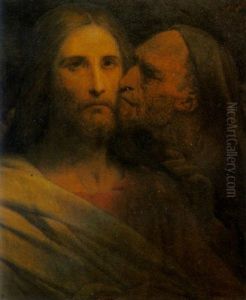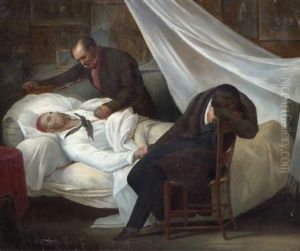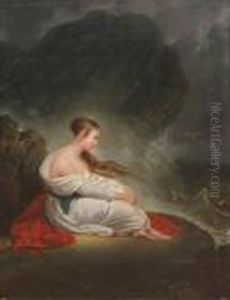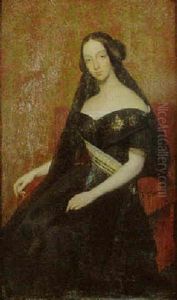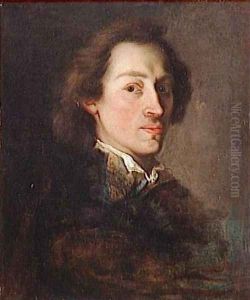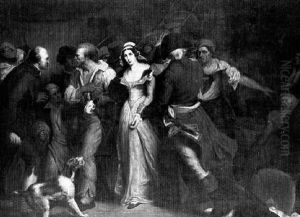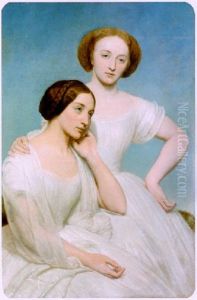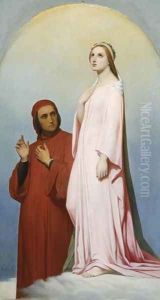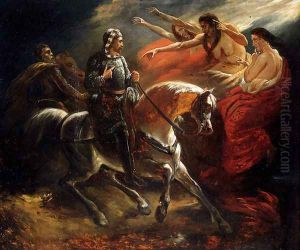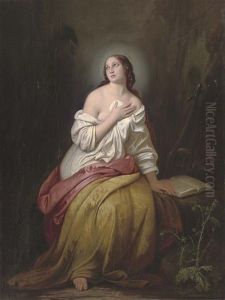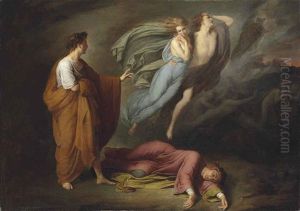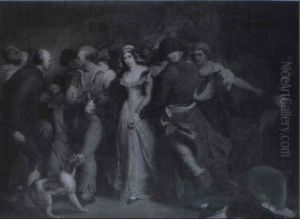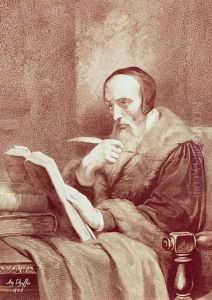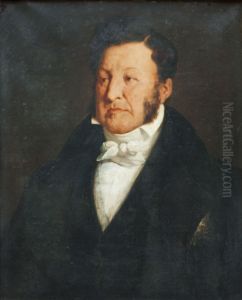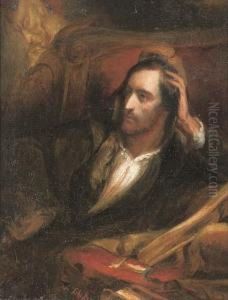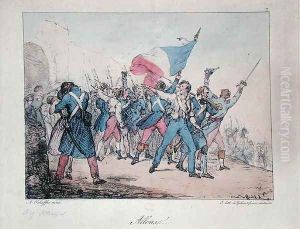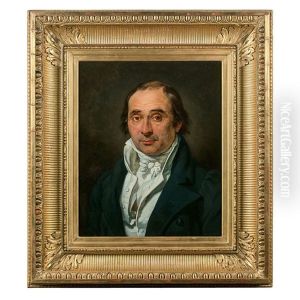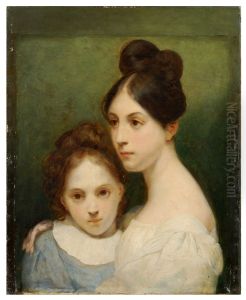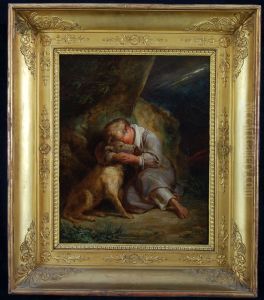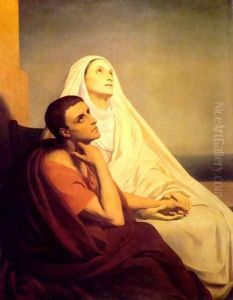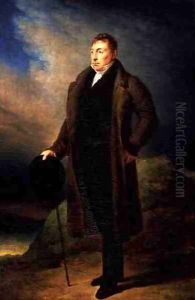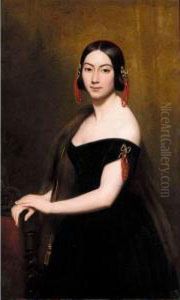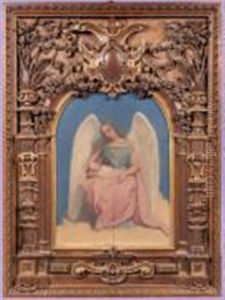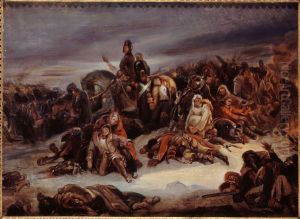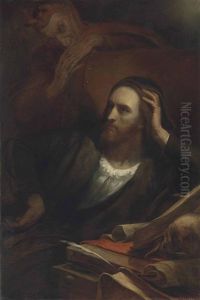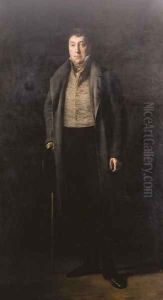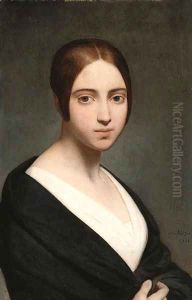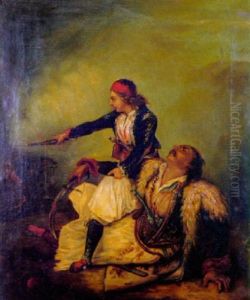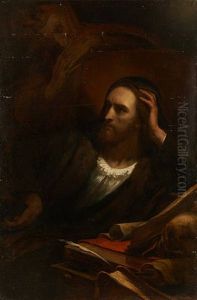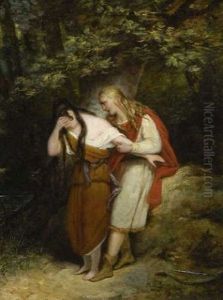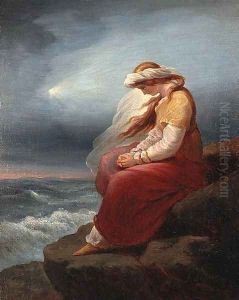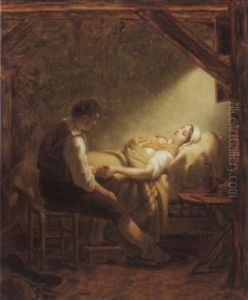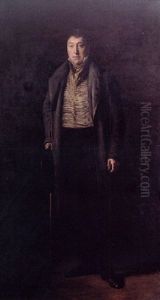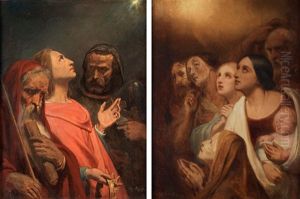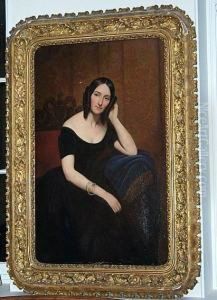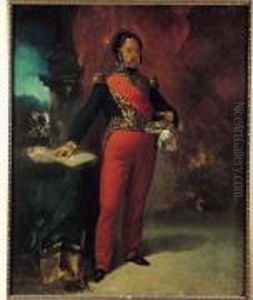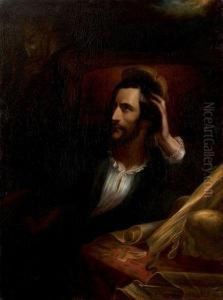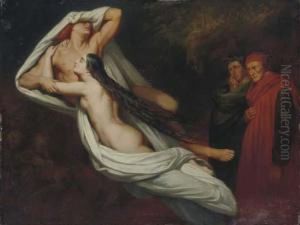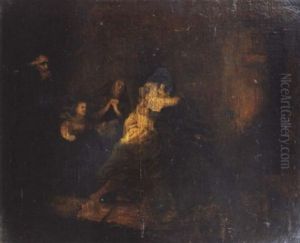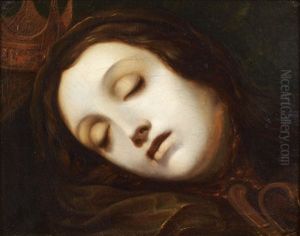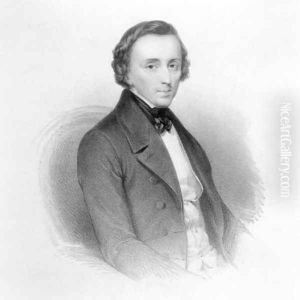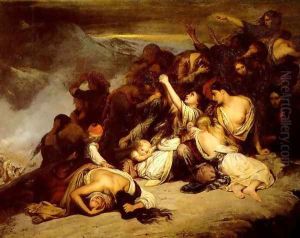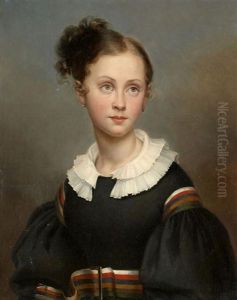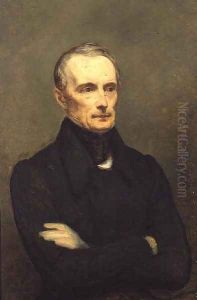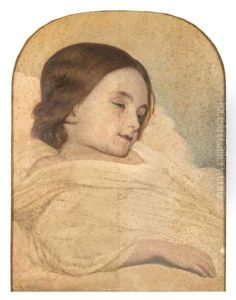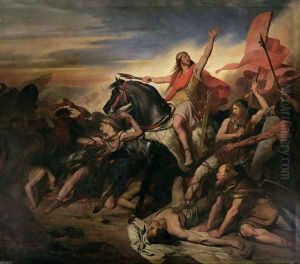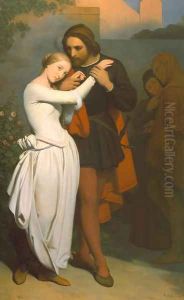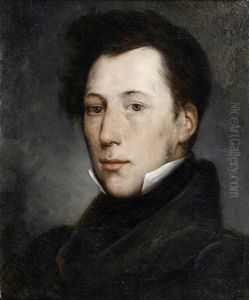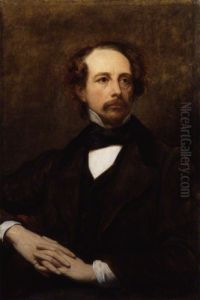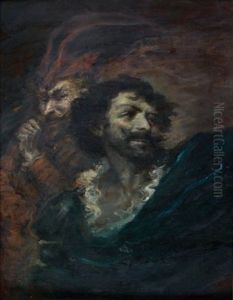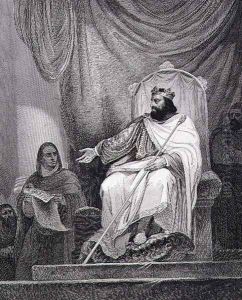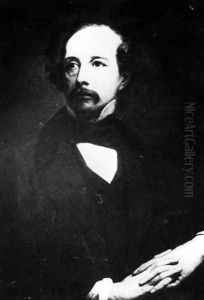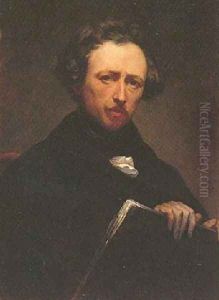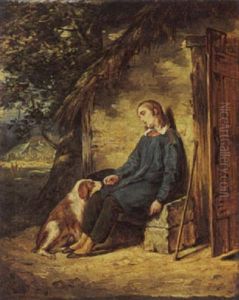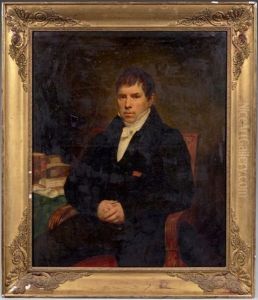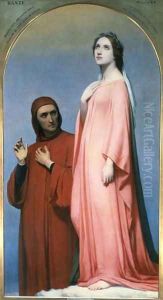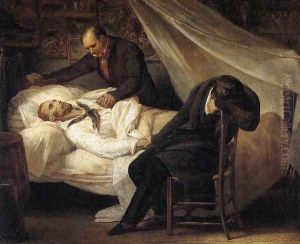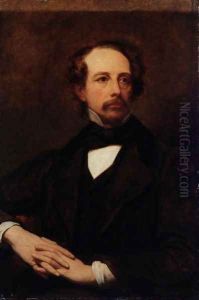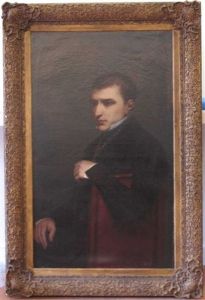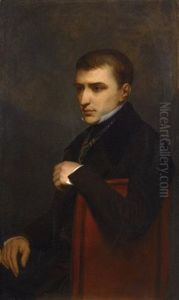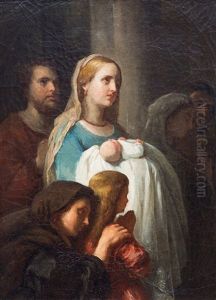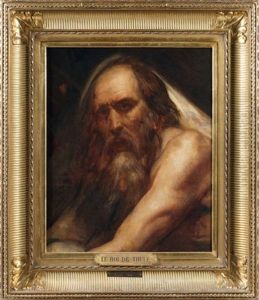Ary Scheffer Paintings
Ary Scheffer was a Dutch-French Romantic painter who was born on February 10, 1795, in Dordrecht, the Netherlands. He was the son of Johann Baptist Scheffer, a portrait painter, and Cornelia Lamme, a painter and the sister of landscape painter Arie Lamme. Following the early death of his father, Scheffer and his family moved to Paris in 1811, where he would spend most of his life and develop his career.
Scheffer displayed a talent for art at a young age and received his initial training from his stepfather, the painter Pierre-Narcisse Guérin. This put him in the company of other future art notables such as Théodore Géricault and Eugène Delacroix. His early works were mainly historical and classical in subject matter, adhering to the Neoclassical style prevalent at the time.
However, as his career progressed, Scheffer's style evolved, and he became a prominent figure in the Romantic movement. His work began to reflect more emotional intensity and often depicted scenes from literature, including works by Dante, Goethe, and Shakespeare. One of his most famous paintings is 'The Ghosts of Paolo and Francesca Appear to Dante and Virgil', showcasing his dramatic use of light and shadow to convey a poignant moment from Dante's 'Divine Comedy'.
Scheffer was also known for his portraits, which were highly sought after by the elite of Parisian society. His network included influential figures such as King Louis-Philippe and his family, for whom he worked as a court painter. Scheffer's studio became a hub for intellectuals, writers, and artists, where he mentored several younger artists and engaged in the vibrant cultural dialogue of the time.
Throughout his career, Ary Scheffer was a respected teacher and served as the director of the French Academy in Rome from 1851 to 1854. His later works became more religious in nature, reflecting his personal spiritual beliefs.
Scheffer's reputation declined after his death on June 15, 1858, in Argenteuil, France, but in recent years there has been a renewed interest in his work. Today, he is recognized for his contributions to the Romantic movement and his ability to capture the emotional depth in his subjects, whether from history, literature, or real life.
